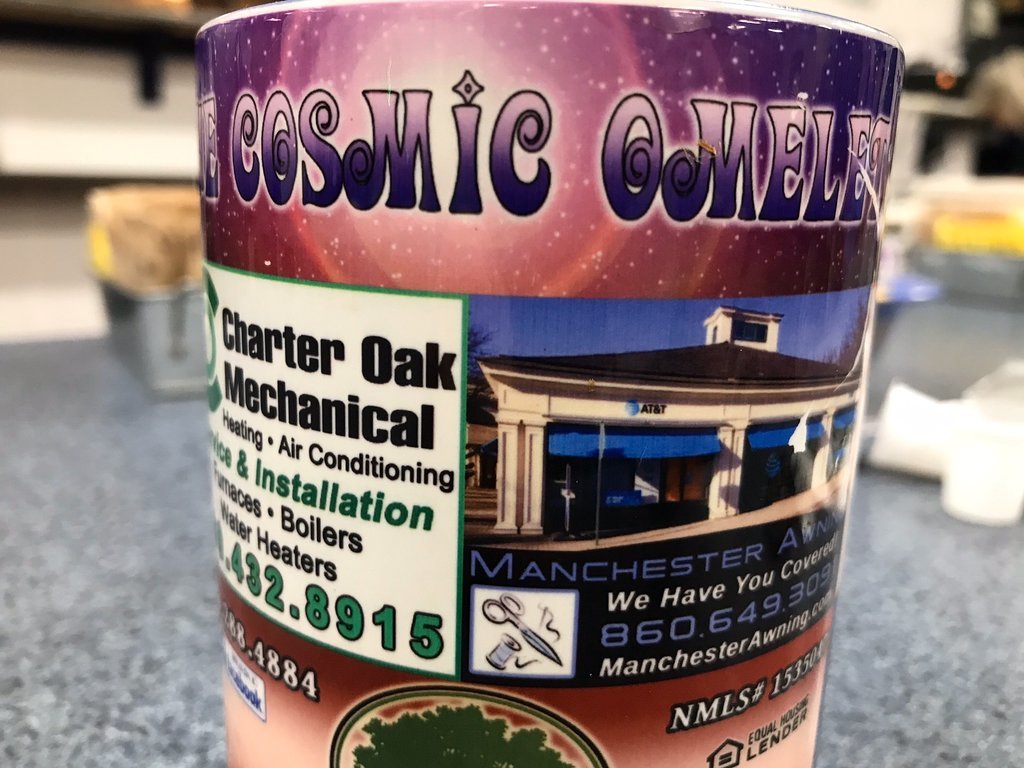


So how do scientists think life began on Earth? In this program, John Hockenberry explores scientific research on the origins of life and where else in the universe life is found. Genetic science is one of the main tools they are using. Where else might life be found in the universe?ĭubbing their new field "astrobiology," scientists from the disciplines of biology, geology, and chemistry are collaborating on projects they hope will yield answers. Over the past two years, the National Aeronautics and Space Administration (NASA) has launched a major initiative aimed at unraveling some really big questions: Steve Squyres, principal scientist for the Mars Exploration Rover mission, said, "It doesn't mean life was there.But this was a habitable place." The next step is to search these habitable areas for signs of past life, which Squyers believes were, at most, simple microbial organisms.įrom a once habitable planet, to our currently comfortable home, to the primordial tale of a comet, researchers continue to search the vast universe for signs of life and clues into "how" we are here. Soil analyzed by the Spirit rover revealed large amounts of silica, which only could have formed if water once flowed on the surface of Mars.

In 2007, the Spirit mission provided the needed proof. Water is an essential component of life as we know it, and for years, scientists have speculated that Mars once had flowing water on its surface. These organic compounds enable researchers to study the origin and evolution of our solar system and potentially, life on Earth.Ī little closer to home, scientists are looking to Mars for signs of life. According to Scott Sandford, an original co-investigator on the Stardust mission, the samples from Wild-2 are unchanged since the birth of our solar system 4.6 billion years ago. Researchers analyzing the particles collected by Stardust discovered two kinds of nitrogen-rich organic molecules. This silica-based gel, nicknamed frozen smoke, was inserted into the Aerogel Collector Grid, which looks like a large tennis racket. Using a substance called aerogel, Stardust captured comet samples and stored them for safe return to Earth. Stardust returned to Earth in 2006 after traveling 2.9 billion miles. Stardust is the first NASA mission dedicated to the exploration of a comet (Wild-2, pronounced Vilt-2), and the first mission designed to return extraterrestrial material from outside the orbit of the Moon. In 1999, NASA launched the Stardust mission. Discoveries made on Earth - from microbes that thrive in extreme temperatures to minerals unlike any ever seen before - have fueled our curiosity about life elsewhere in our Solar System and the universe at large.
COSMIC OMELET HOW TO
In Life: How to Make a Cosmic Omelet, The DNA Files looked at the ways in which genetic tools have helped define life as we know it, from bacteria found in a boiling hot spring in Yellowstone National Park to microbes found frozen (and alive!) in the Arctic. Our approach to the search for life in the universe is highly influenced by our knowledge of life at home on Earth.
COSMIC OMELET DOWNLOAD
Download MP3 (PC: right-click Mac: option-click)


 0 kommentar(er)
0 kommentar(er)
